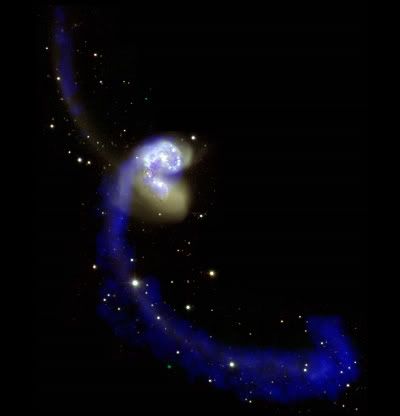
Credits: ESA ©2008 MPS for OSIRIS Team MPS/UPM/LAM/IAA/RSSD/INTA/UPM/DASP/IDA
Rosetta webcast

When Jupiter was formed it was so big that it stopped the embryos in the asteroid belt from developing further. Either they collided and formed smaller asteroids or the mass gain was simply not sufficient. So in the asteroid belt there are lots and lots of asteroids of different asteroid families - 14 different classes to be precise has been defined.
The Steins asteroid is the first asteroid ESA encounter but NASA and other space agencies have had several asteroid missions.
Steins belong to a family of asteroids consisting of a rare type of silicates. It was formed as a piece of another greater asteroid. Earth based studies of Steins have given us an idea about its shape, albedo, collision history, mass and material composition.
On board of Rosetta there are 15 different instruments that will provide us with unprecedented information about asteroids.

About Rosetta navigation: The navigation of the Rosetta spacecraft was very demanding. They wanted Rosetta to fly-by with a distance of 800 km . That was of course very difficult when the uncertainty of the asteroid's orbit was in the order of a few 100 km! On top of it all, the spacecraft is traveling real fast and experience an enormous angular momentum that ultimately can destroy the spacecraft. I think the navigation story of Rosetta is the most thrilling one. As you can tell from the numbers above they simply had to improve the accuracy of the Stein's orbit. And so they did by recalcuation based on optical navigation tools beginning 4 August ending just in time for the fly-by. Excellent! And this is celest mechanics and planetary geodesy at it's best!
At 20:23:30 CEST Rosetta reached its closest position relative to Steins - just as planned.
Preliminary results: Shape and size: With it's 5. 9 x 4 km it is 10% larger than estimated and it has the shape of a diamond. Albedo: Since it is bigger the reflectivity was corrected to 3.5 +-0.5 and so far a grey color is observed. Craters: Steins has one very large crater 2 km diameter, a second large crater and a chain of 7 craters. In sum 23 larger than 200 m craters were counted revealing a complex collision history.
The Narrow Angle Camera (NAC) provides data to determine the topography in 3D, Steins composites, crater counting and its spin axis orientation.











1 comment:
I watched the pressconference live before writing this summary about the Steins flyby.
At the end of the conference the floor was open for questions. I noticed a very aggressive and negative voice in the crowd - with an American accent. I was disappointed but not surprised when I read the space.com article about the Rosetta flyby claiming the mission experienced a glitch. It was clearly stated at the press conference that it was not, all went well. In fact better than expected.
I was embarrassed by this clear wish for a failure. Shame on them!
The flyby is a great success, even from the minute Rosetta passed Steins. And a lot more exciting science will come out of it later...
Post a Comment